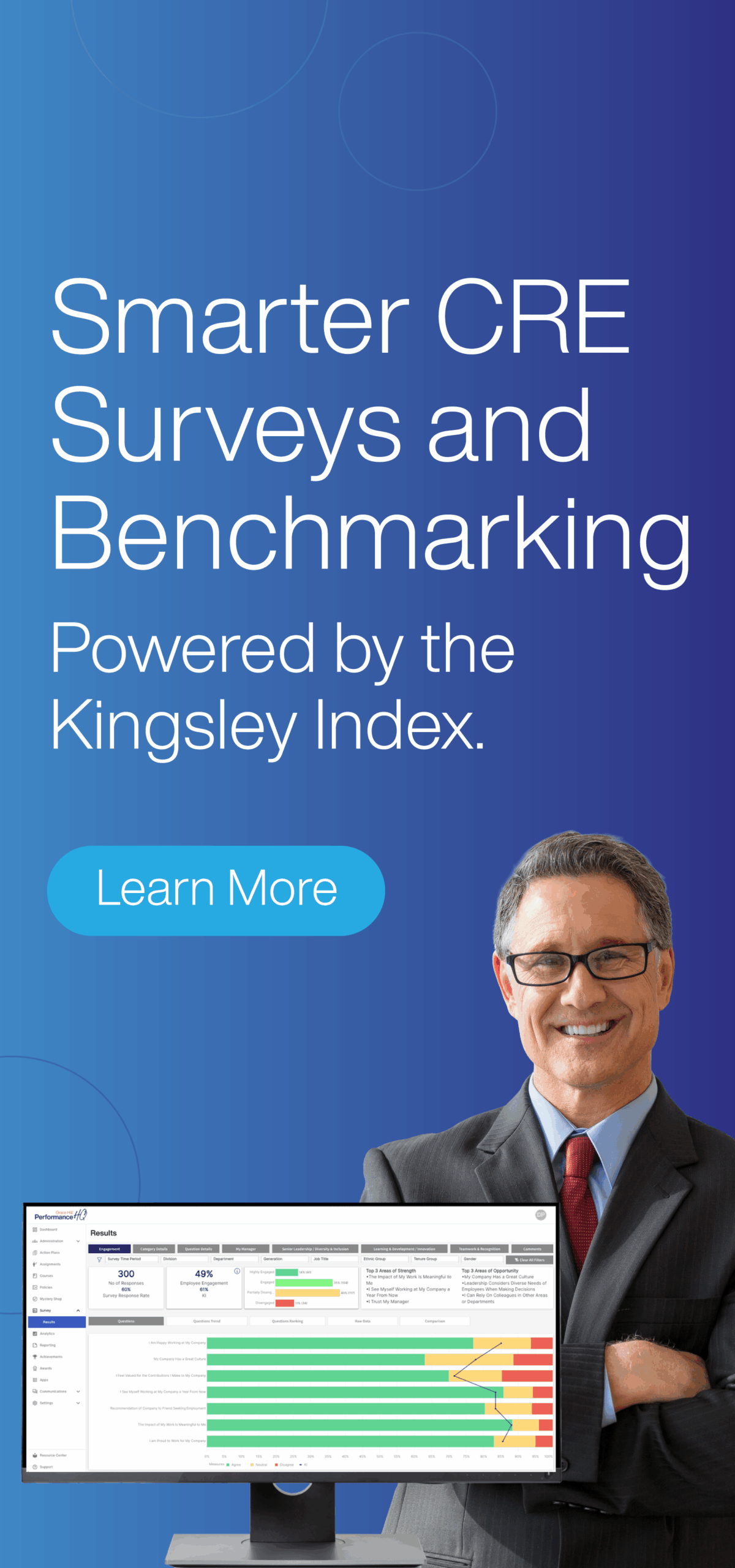Nearly four years after the brief but severe COVID-19 recession in the spring of 2020, the U.S. jobs market remains exceptionally strong. The balance of power is firmly tilted toward workers — with little sign of a recession that might swing the power pendulum back to employers. With the national unemployment rate hovering near 50-year lows, firms cannot find enough qualified candidates to fill their staffing needs. Job openings have declined from their record levels in 2022 but remain quite elevated relative to historical levels and far exceed the number of unemployed workers.
Perhaps the most revealing job trend is that firms are laying off the layoffs. With skilled workers so scarce, the rate of layoffs is a third less than historical averages — including involuntary separations initiated by the employer, notably discharges for cause and layoffs for market reasons. Additionally, companies cannot ignore the substantial financial impact of employee turnover. Replacing an employee can cost up to twice their annual salary, resulting in significant expenses. For example, a company with 100 employees earning an average of $50,000 could suffer replacement costs exceeding $2.6 million annually.
In this challenging labor environment, firms are doing everything they can to retain their valued workers and avoid the substantial cost of turnover. Ensuring their pay levels are competitive is critical, along with offering workers upskilling opportunities with training and rewarding career paths. In addition, corporations are realizing the importance of ongoing engagement programs to better understand employee needs and preferences on a host of issues like physical amenities in the workplace and more.
How best to gather this valuable input? Ask them! Annual performance reviews are one essential forum, assuming there is room for two-way dialogue. But firms must do more — and do so more frequently — to understand employee priorities in real time. Firms can use employee engagement surveys — such as those offered by KingsleySurveys — to get the “unvarnished truth” about what matters to their workers.
A Host of Benefits
Employee engagement programs can provide a wealth of advantages to employers and their workers.
More valued non-financial compensation. Firms can mine the survey responses to determine the benefits or services that matter most to employees. Often, it’s non-financial compensation that makes the difference in attracting or retaining workers. Firms can assume what their employees value based on industry averages or anecdotal evidence, but surveys provide more specific guidance for developing benefit packages that will be most meaningful to their workers.
More appealing, healthier workplaces. With hybrid work arrangements becoming the norm throughout corporate America, firms can no longer assume that workers will commute into the office or other workplace regularly. Rather, many firms must provide their workers additional incentives to come work in a communal setting outside the home.
Feedback from employee surveys can help firms identify workplace design changes that boost productivity while yielding more innovation and creativity. They can also provide insights into what services or amenities would make their workers more likely to make the commute and be more efficient once they get there. The focus on functional workspace also promotes employee well-being, which contributes to both employee satisfaction and productivity.
Giving workers a voice. Conducting employee surveys is about more than just gathering data. Half of exiting employees say that no leader spoke with them about their job satisfaction or future with the organization within the three months preceding their exit. By offering employees a platform to voice their opinions and concerns with surveys, firms demonstrate that their perspective is valued and essential for shaping the workplace. This sense of recognition and participation promotes trust and transparency while directly contributing to higher employee satisfaction rates. Employees who feel heard and respected are more likely to be content in their roles and less likely to seek opportunities elsewhere, reducing workforce turnover.
Improved customer service and efficiency. Employee surveys can reveal customer service weaknesses and communication breakdowns. For instance, if feedback reveals that employees feel ill-equipped to handle tenant complaints, management can intervene with targeted training and support. By actively addressing these gaps, workers can be empowered to better handle a wider variety of customer situations, thereby enhancing satisfaction and operational efficiency.
Benefits to Landlords and Property Managers, Too
While worker surveys can provide profound insights for their employers, the survey data can also help landlords and property managers tailor their building amenities and services to best meet the needs of their tenants. This data-driven approach ensures that building investments align with what tenants value, helping maximize satisfaction and return on investment.
If surveys reveal that tenants are not satisfied with the fitness equipment or the business center, management can take appropriate action to address tenant concerns. By understanding how amenities are used, management can prioritize upgrades and expansions or even introduce entirely new offerings that cater to evolving tenant needs.
Ultimately, a satisfied and engaged workforce is fundamental to a superior tenant experience as well.
In today’s competitive labor market, retaining valued employees and tenants is crucial. Grace Hill’s tenant and employee surveys provide unique, unfiltered insights to understand their needs, preferences, and concerns. Ongoing stakeholder engagement programs empower organizations to make informed decisions about workplace design, employee desires, and tenant amenities, to optimize investments for long-term success.
Contact Grace Hill today to learn more about our comprehensive survey solutions.


 Customer Support
Customer Support




